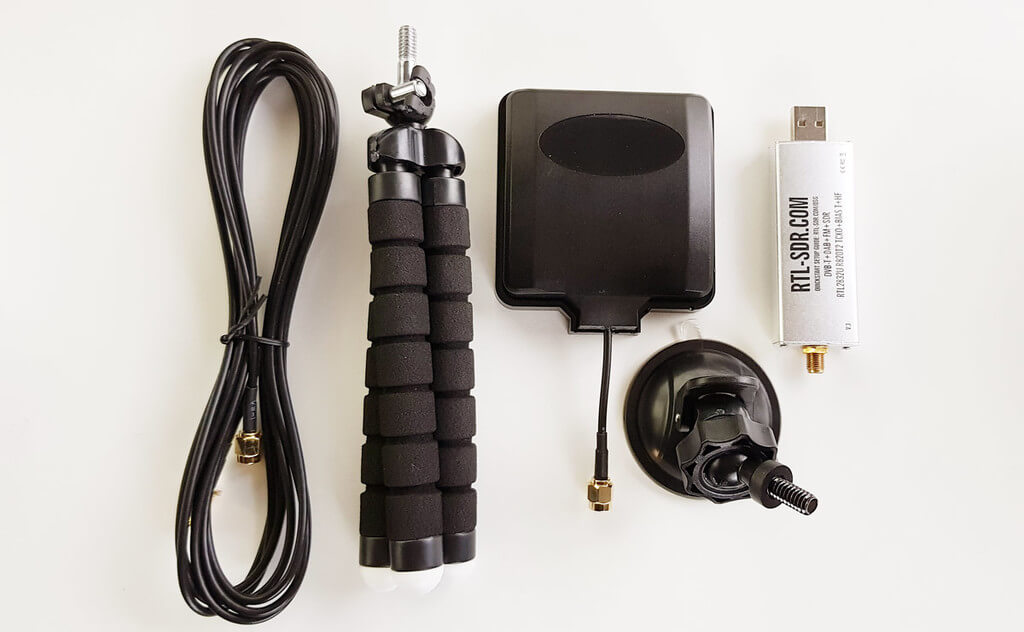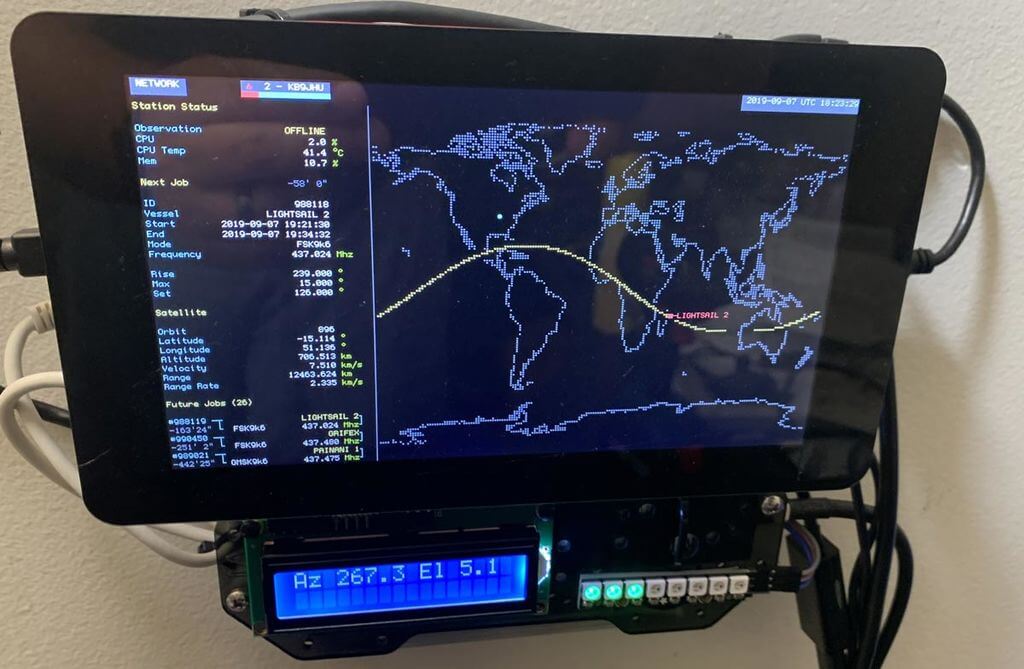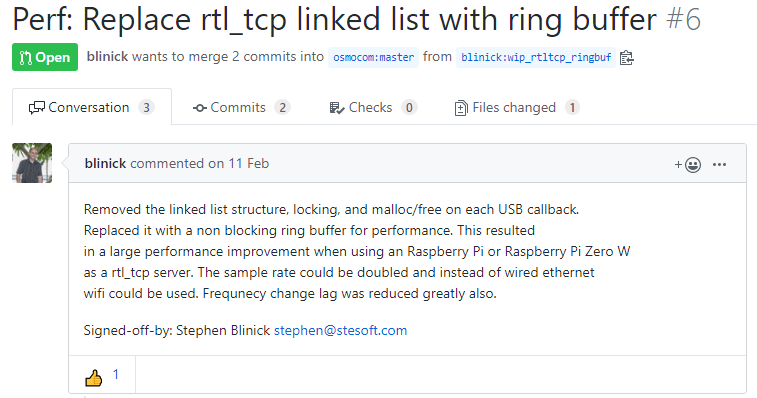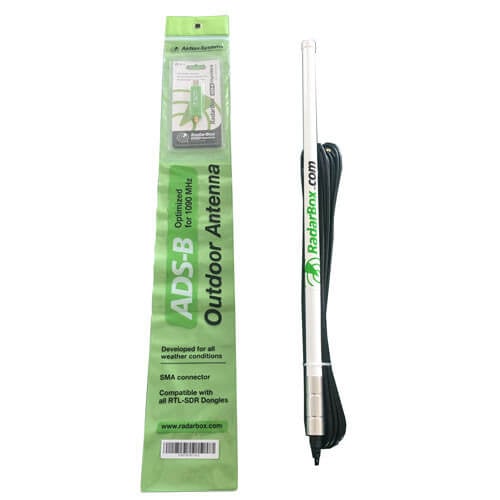WWV and WWVH Special Messages to Broadcast!
Starting from Monday September 16th and continuing through to October 1st, both WWV and WWVH shortwave time signal transmission stations will broadcast a special message from the Department of Defense to mark the centennial of WWV. These messages will be heard on 2.5, 5, 10, and 15 MHz. In addition from September 28 to October 2 a special WWV event will occur:
The world’s oldest radio station, WWV, turns 100 years on October 1, 2019, and we are celebrating!
From September 28 through October 2, 2019, the Northern Colorado ARC and WWV ARC, along with help from RMHam, FCCW, and operators from across the country, are planning 24-hour operations of special event station WW0WWV on CW, SSB and digital modes. Operations will shift between HF bands following normal propagation changes and will include 160m and 6m meteor scatter. We will be operating right at the WWV site and face a challenging RF environment.
WWV is a [NIST] operated HF station based in Fort Collins, Colorado. It continuously broadcasts a continuous Universal Coordinated Time signal in addition to occasional voice announcements. It has been on the air since 1919 but began continuous broadcasts in 1945 from it’s final site in Fort Collins, Colorado. WWVH is a similar time signal, but based in Hawaii.
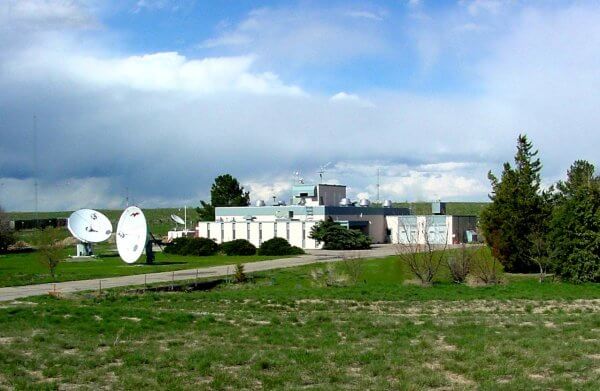
The WWV time signal can be used to automatically set RF enabled clocks to the correct time. [Andreas Spiess] on YouTube recently uploaded a video where he emulates this signal in order to control clocks within his home. This is a great watch if you’d like to learn more about how these time signals work.

The time format itself is actually pretty simple and it’s possible to emulate with a number of devices from an Arduino to Raspberry Pi and of course Software Defined Radio.
